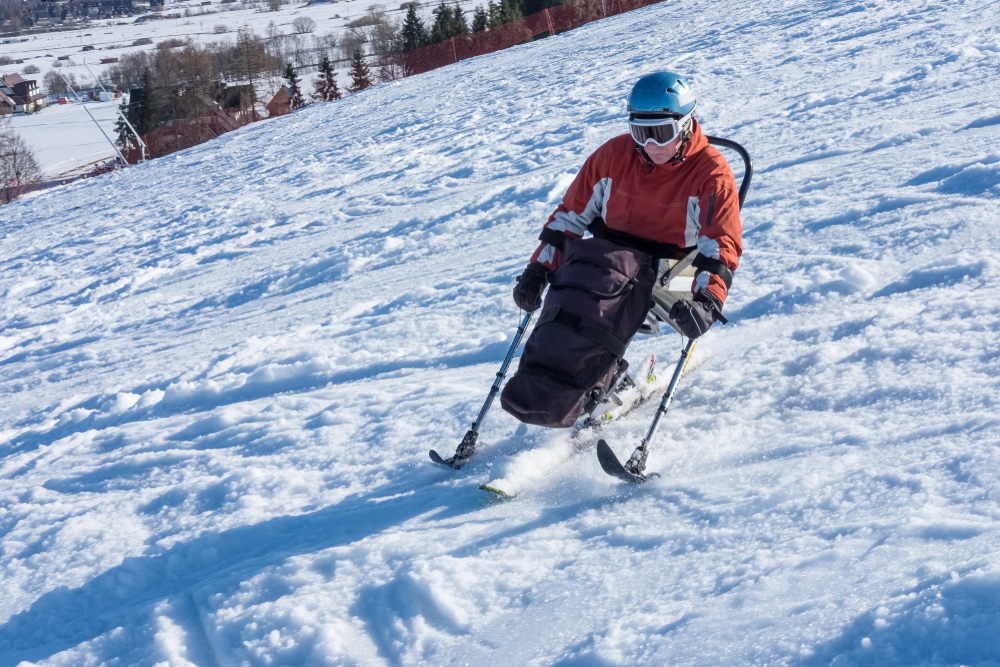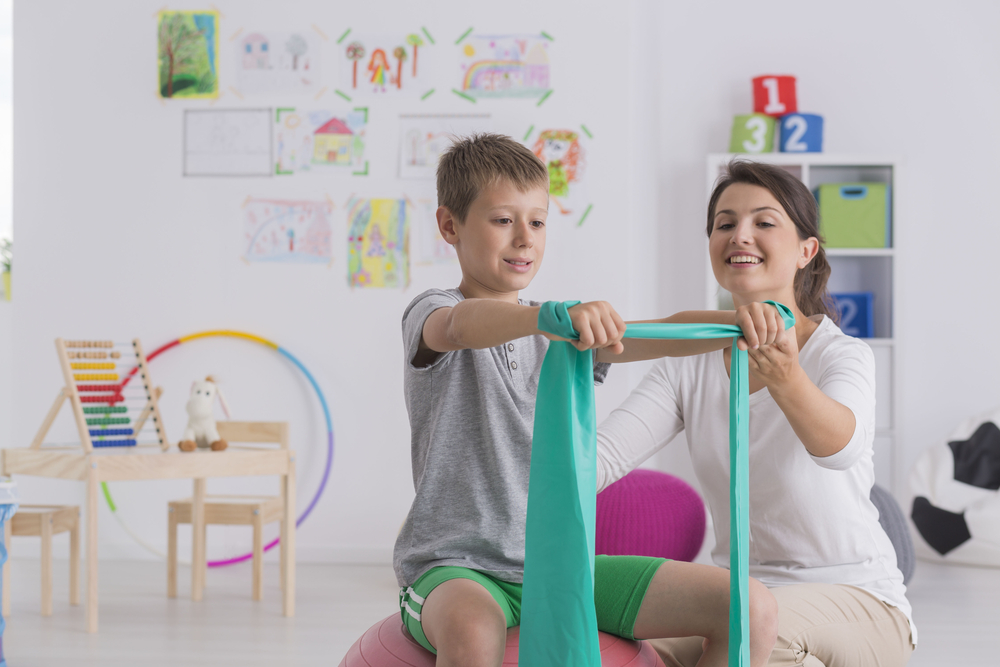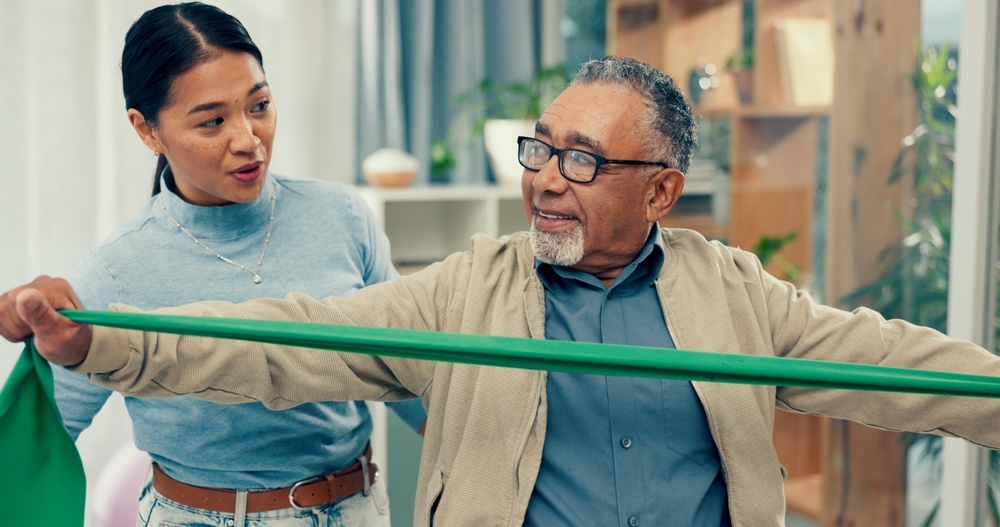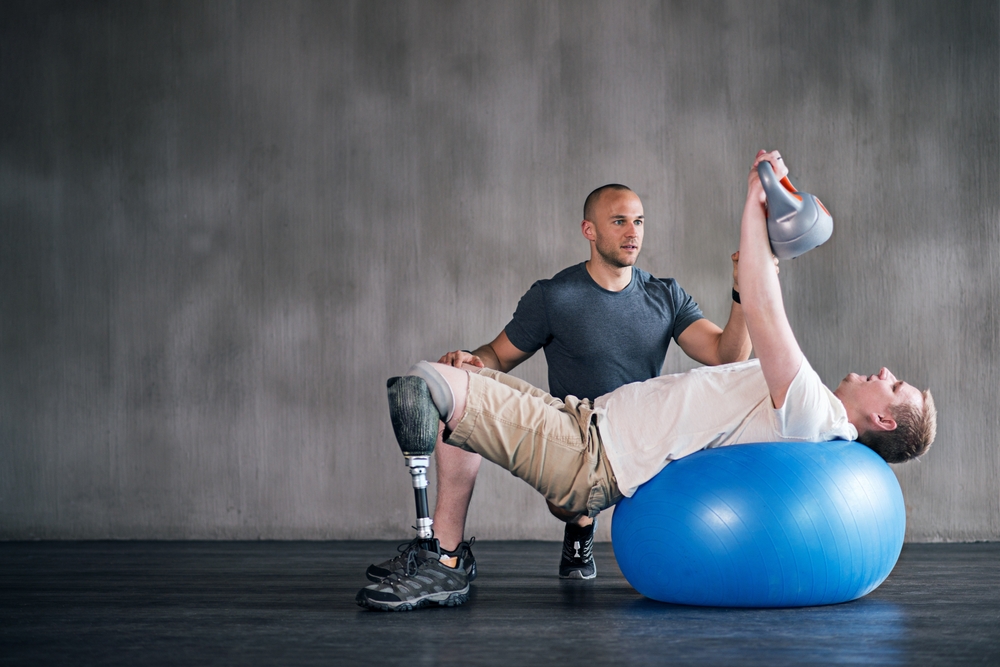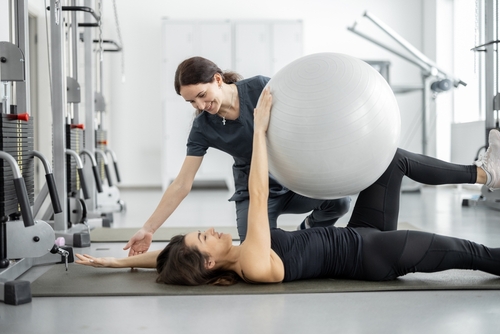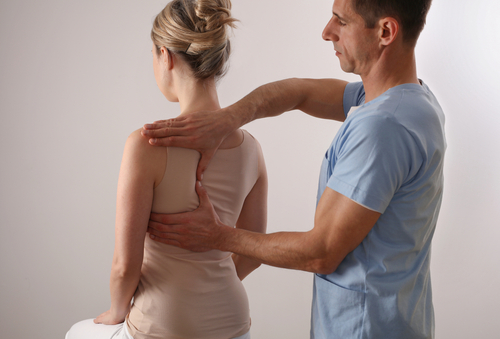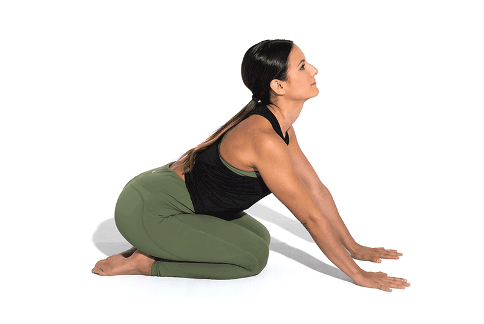Make an Appointment
It’s so ironic that parents find pride in their kids loading a hefty bag on their backs. It makes them feel like that their kids are all set to go to school, prepared. However, a lot of parents make the mistake of ignoring their kids’ health that could be aggravating due to their heavy school bags. Yes, a bag that’s the epicentre of a child’s school like includes possibly everything like books, laptops and lunches.
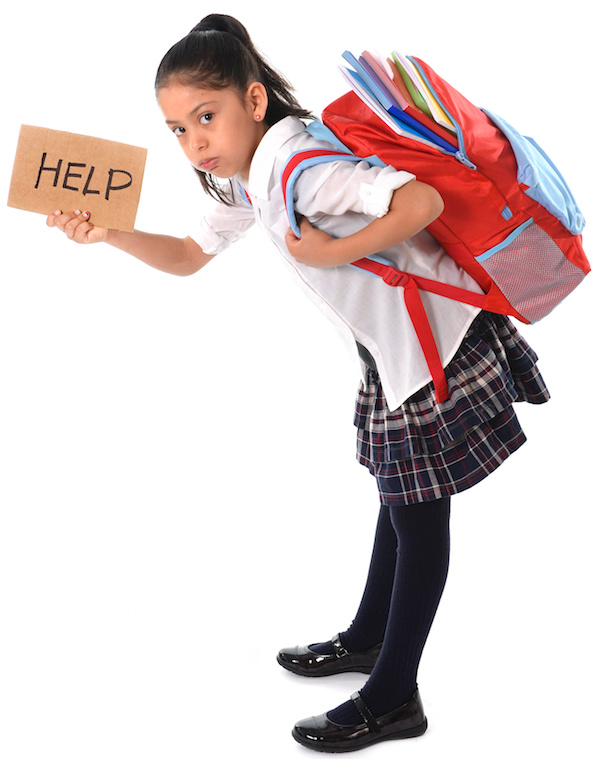
However, if a child continues to lift a bag on their shoulders that’s more than 10 percent of their body weight, it could mean some catastrophic health hazards, both in the short and long run, and could include hunched backs, spinal abnormalities, scoliosis, and even neck stiffness.
And the fact that this a serious issue (70 percent of Australian kids have back pain), it’s pertinent for parents to look into their kids’ school bags and sift out all those things that may not be essential for their kids to carry with them to school every day. If parents could understand the risk factors associated with heavy school bags, they could then take preventive measures to avoid their kids from risking themselves to back injuries.
So what are the risk factors?
- Carrying a school bag using just one shoulder so its weight isn’t equally distributed over the entire body.
- Carrying a very heavy bag that’s more than 10 percent of a child’s weight
- Carrying the bag in one hand.
- Carrying a school bag with poor fitting. Kids who wear backpacks too low on their backs end up creating more stress on their backs.
How to reduce the risks?
- Get a backpack that’s suitable for your children’s age and height.
- Consider your child’s size before buying a bag; don’t go for the biggest one.
- Make sure that your child’s school bag fits them well, especially when it’s packed.
- To ensure that the school bag’s weight distributes evenly throughout your child’s back, get a backpack with moulded frames. Also, if the backpack could include adjustable shoulder and hip straps, it’s definitely an added safety feature.
- Tell your child to correctly lift and carry their school bags.
What is the correct way to lift and carry a school bag?
- The most comfortable position to lift a bag includes the use of both hands. Make sure that the bag is in a position that your child won’t have to bend their back. If they need to bend, tell them to use their knees and thigh muscles, but the back should be kept straight.
- Once the bag reaches chest height, tell them to pass their hand through one strap first, and then through the other.
- If your child is hunching their back, leaning too forward, it’s a sign that the bag is too heavy for them, and they are trying to counterbalance.
Prerequisites of correctly packing a bag
- Participate in your kids’ school curriculum and help them prioritize the books that they need to carry with them. Your child’s backpack should weigh no more than 10 percent of their body’s weight.
- Use the compartments in the bag effectively to avoid items sliding around in the bag that could disrupt the centre of gravity.
Back pain is quite common in Australian children, particularly during adolescence. Besides heavy school bags, back pain can be caused by poor posture, vigorous sports, soft tissue injuries & overtraining to name a few.
Whatever may be the reason, if your child is suffereing aggravating and advoidable back pain, it is better to check with your local Physio Inq clinic immediately to assess, treat and fix your child's back issues.
Date Published: Tuesday, February 14, 2017
Locate a Paediatric Physiotherapy
Service Near me
Get the experience & convinence you deserve to support your or a loved one's allied health needs.
Our Paediatric Physiotherapy team are currently serving & taking appointments in the following states and regions in Australia:
Need to get into direct contact with ur Client Services team? We're all ears. Call our team directly on 1300 731 733
